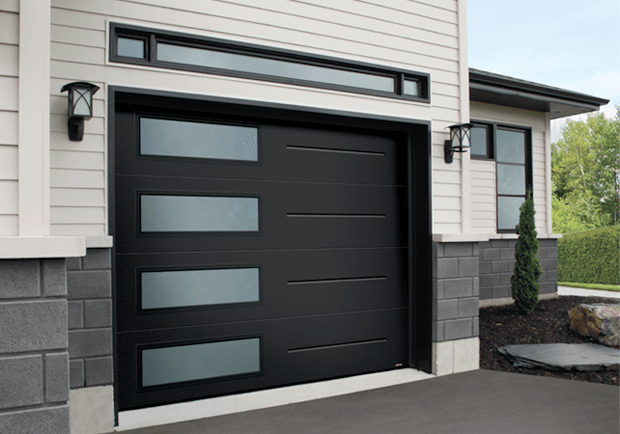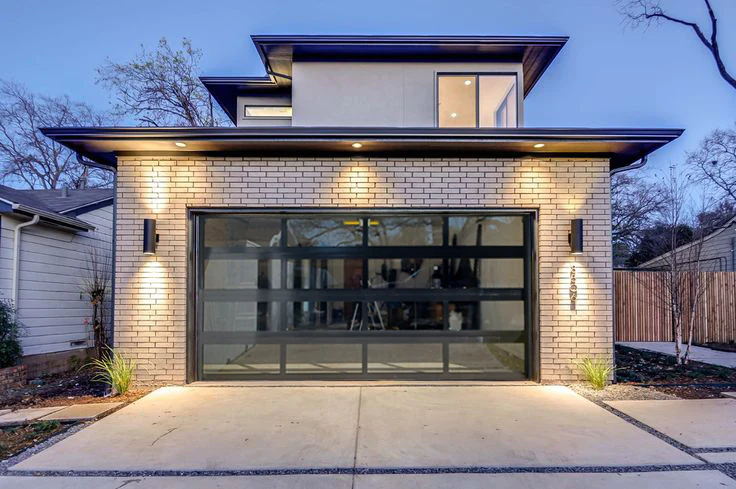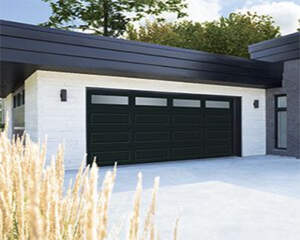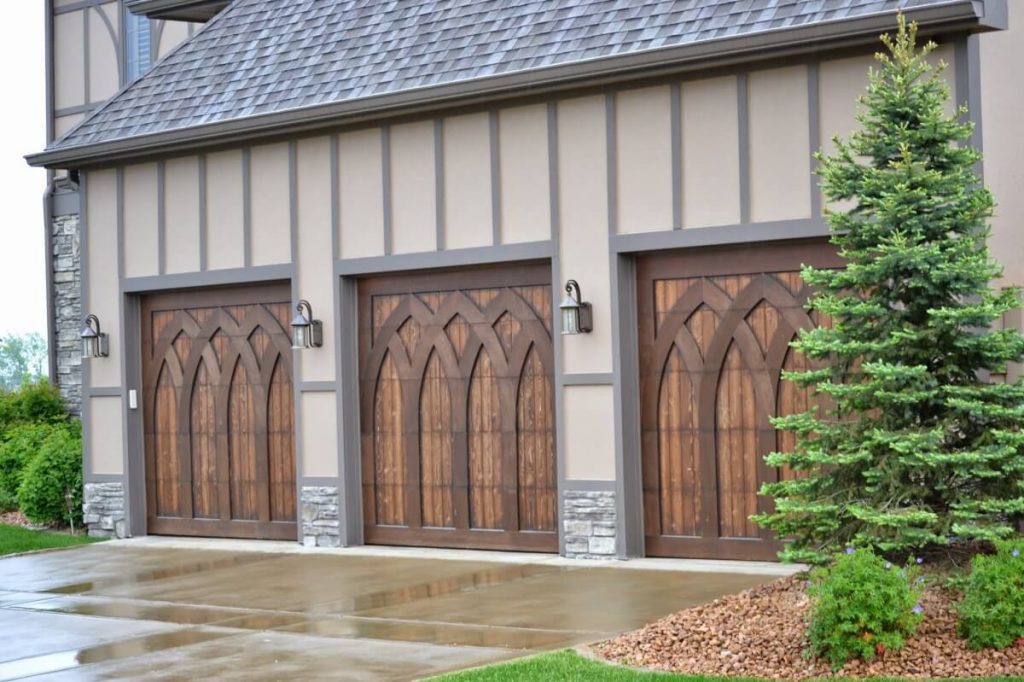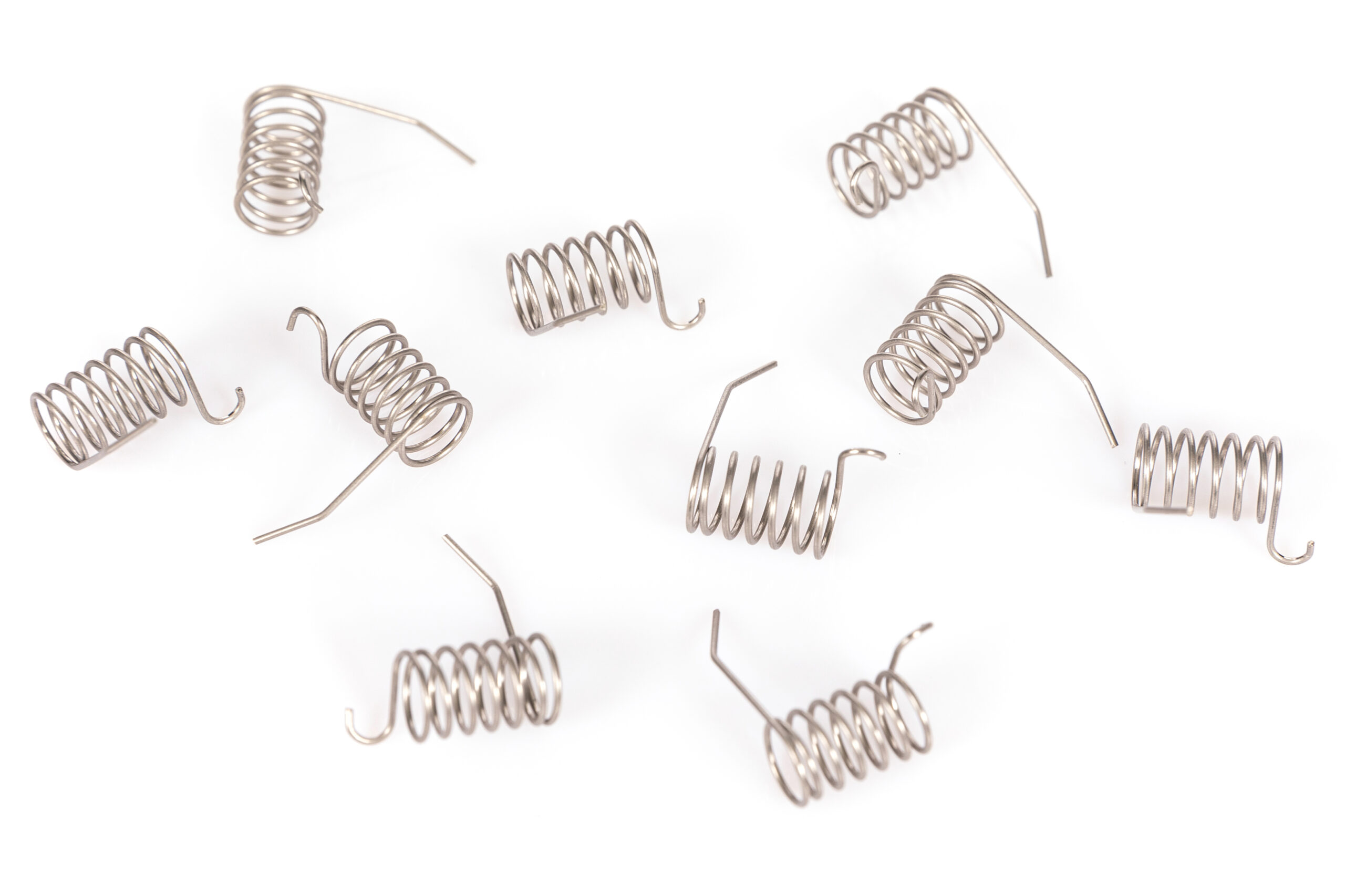Your garage door springs are essential components that allow your door to function correctly. With regular maintenance, they can last for many years. However, as with moving parts, wear and tear are inevitable, and you will eventually need to replace your springs.
The more you use your door, the sooner you will experience signs of wear in your springs. Cleaning and lubricating your moving parts will help your springs function correctly and last longer, but they’re not indestructible.
How Do Garage Door Springs Work?
Your garage door springs work by expanding or turning to open your door. Some are connected to a pulley system that raises and lowers your door through cables, while others are attached to metal tubes that connect to the cable drums to open and close your door when they turn.
Types of Garage Door Springs
Garage doors can have extensions or torsion springs that control their opening and closing.
1. Extension Springs
Extension springs store energy by stretching or extending. Typically, you can find two extension springs on either side of the door, parallel to the horizontal track. However, because extension springs require more parts for installation, you must evaluate the condition of your sheaves (the grooved wheels) and ensure no tears or cable damage.
Extension springs can be further identified as:
- Open looped: The easiest to replace
- Double looped: Stronger than open loops but harder to replace
- Clipped ends: The most durable extension springs and the most challenging to replace.
2. Torsion Springs
Torsion springs are always above your garage door and on the torsion bar above the opening. Instead of expanding, torsion springs turn to open your door and distribute the door’s weight evenly to reduce shaking as it opens. Depending on how heavy the door is and how many entries you have, you can find between one and four tension springs in your garage.
Torsion springs can be classified as:
- Standard torsion: Heavier doors use two standard springs, while lighter doors typically only need one.
- Early set: These springs are located in the middle of the torsion shaft and are similar to standard torsion springs but require different hardware.
- Steel rolling: Typically seen in commercial buildings, professionals install steel rolling torsion springs with a torsion barrel.
- Torque master: The safest torsion springs because they’re inside the shaft.
Torsion springs are safer than extension springs, and you can maintain your garage door more straightforwardly. While extension springs are out in the open, torsion springs are enclosed in a tube and don’t store as much energy, allowing for more use and less opportunity for damage.
Importance of Garage Door Springs
The extension or torsion spring is the piece capable of lifting your door. Without them, the door would be too heavy to open and slam shut when you close it. If your springs are broken or damaged, you won’t be able to open your door, and you should not attempt to open your door if the springs have broken because you could further damage your system.
Garage safety is imperative to protect people, vehicles, and other objects from injury or damage during operation. Broken springs are dangerous and can cause serious injuries. Avoid using your door or entering your garage if your extension springs have broken. When these springs snap, they can cause pieces to fly through the air, injure people, or damage vehicles and other items inside the garage. Call a professional to replace your springs if you hear strange noises or notice your door closing quickly.
Signs to Replace Your Garage Door Spring
Determining if your garage issues result from wrong springs or another problem can be challenging. Although some parts may show similar signs of wear, your springs can be dangerous when broken. If unsure of the issue, call a professional to evaluate the cause.
Here are some ways to tell if your garage door spring is terrible or broken:
- Lifetime: How long torsion springs should last depends on how often you open and close your door. There is no set time frame; their lifetime depends on how many cycles they perform. You should start considering replacements if you’re approaching a decade of use.
- Maintenance: Service moving parts in your garage about twice a year. Rust and buildup can easily affect parts and cause them to break down faster. Applying lubrication and wiping down all aspects will help keep your door moving smoothly.
- Misalignment: If your door seems crooked or off track, you have a misalignment issue that could result from your wrong springs.
- Strange sounds: Any loud banging or snapping indicates your springs are broken. You may also experience excessive squeaking.
- Quickly shutting: A tell-tale sign your springs are bad is if your door closes quickly. This usually implies your springs are on their last leg and can’t hold the weight of your door correctly.
- Not opening: A door that refuses to open could be a sign of other door issues, but it may also be because your springs are bad. Never open your door alone because that could be when they snap.
- Jerking: Even if the door eventually rises and falls, if you notice that it is jerking as it does, your springs are likely struggling to hold the weight.
Never attempt to repair or replace your spring on your own. A professional can tell you if your garage door spring is broken and if there are any other issues. They’ll ensure safe and proper replacement and installation and advise you on keeping it in the best condition.


